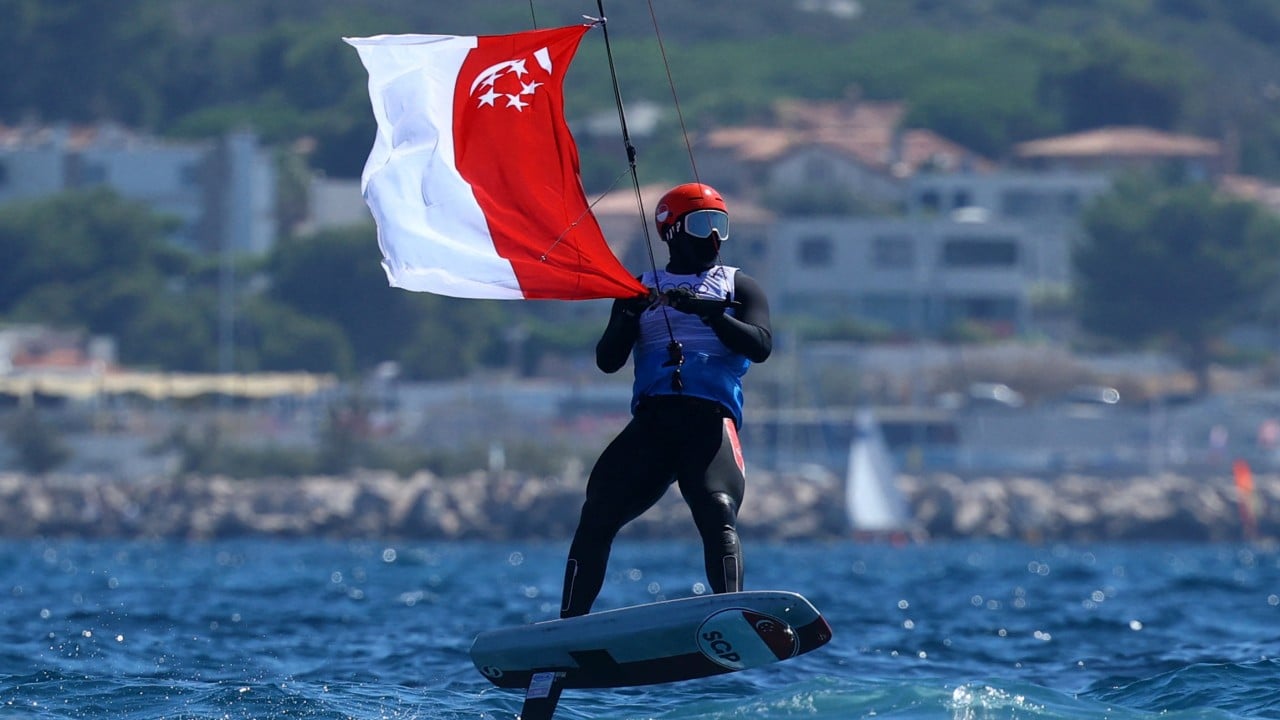Kitefoiling has piqued the interest of many Singaporeans following 17-year-old Maximilian Maeder’s bronze medal win at the Paris Olympics, but picking up the sport in the city state is not all smooth sailing, kitesurfers say.
Maximilian, a two-time world champion, became Singapore’s youngest ever Olympic medallist last Friday and the country’s first podium finisher since the 2016 Games in Rio, when swimmer Joseph Schooling won gold in the men’s 100m butterfly.
Kitefoiling, a more advanced form of kitesurfing, uses wind energy from a kite to pull the rider along. Kitesurfing is believed to have been invented in the 1970s but only gained popularity in the 1990s.
The sport featured at the 2018 Youth Olympic Games and in 2021, it was announced that kiteboarding would make its Olympic debut in Paris 2024 with the Formula Kite class that utilises hydrofoils.
Since Maximilian won Singapore’s sole medal in the Olympics, interest in the sport has surged in the city state.
Ong Rong Quan, the president of the Kitesurfing Association of Singapore, told This Week in Asia that one kitefoil clinic scheduled for this weekend received 150 sign-ups, compared with fewer than 20 registrations for clinics held before the Olympics.
Edmund Tang, the founder of the association, said: “For the previous roadshows, there were parents who were interested to do an introduction but the return rates tapered due to varying wind conditions and accessibility.”
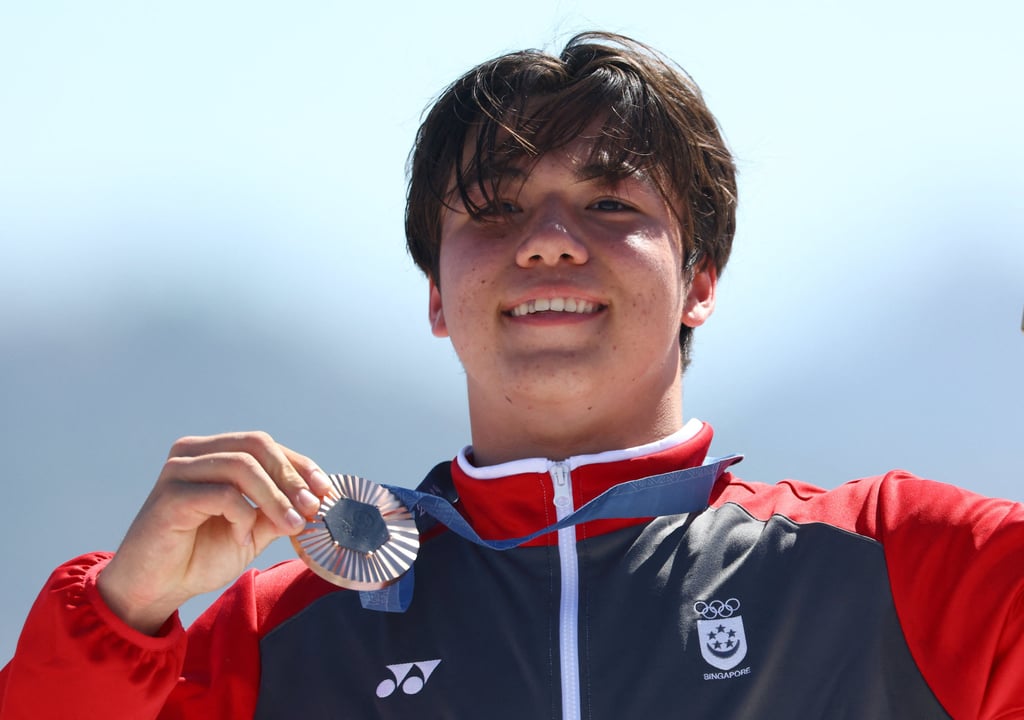
The Kitesurfing Association of Singapore and the Singapore Sailing Federation are looking into how they can start a programme for beginners in Singapore, according to Tang and Ong.
“In Singapore, we call ourselves storm chasers. If there’s wind we chiong,” said Tang, using the local colloquialism for rushing.
Foiling would be possible even in light winds of seven to eight knots as some of the Olympic races were held in under 10-knot conditions, Ong said.
“When you’re proficient enough, then anything up from seven knots is sufficient. More wind makes it easier to pick it up but it’s not impossible to learn in Singapore. We just have to make do with the conditions we have.”
The other challenge Singapore kitefoilers face is space constraints so the association is working with the authorities to allow the activity in more areas, according to Ong.
In Singapore, Changi Beach is popular for its wind from December to March. Kitesurfers are required to join the association to be able to kitesurf there under rules set out by the Civil Aviation Authority of Singapore as the beach is within 5km of Changi Airport. Kitesurfers can also be found at East Coast Park and Tanah Merah Beach.
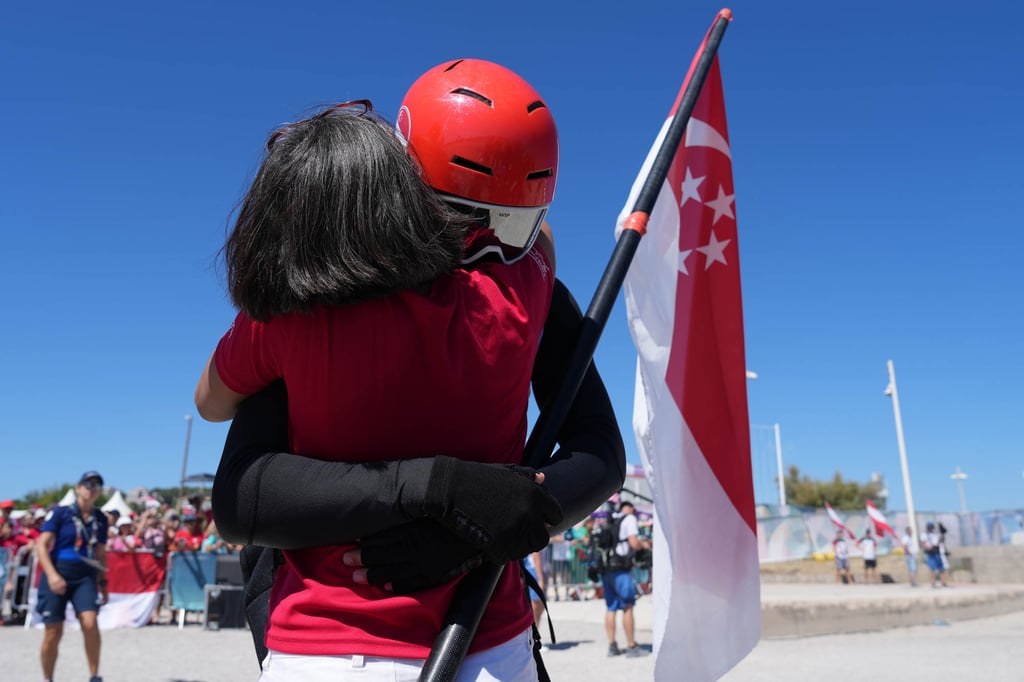
The experts cautioned against buying or renting equipment and attempting to learn how to kitefoil without guidance from an instructor.
“It’s an extreme sport and safety is imperative. Fatalities have occurred when one loses control … It can get dangerous when you lose control of the kite and it can throw you around,” said former kitefoiling instructor Vincent Lam.
Lam said that over the weekend he received more than 10 inquiries about kitefoiling lessons but he encouraged people to instead consider wing foiling, which was easier to pick up. Wing foiling, another wind-propelled water sport that developed from kitesurfing, involves the sailor standing on a board and holding onto a wing.
Entry-level kitefoiling equipment, which includes a kite, a board and the foil, can come up to about S$4,000 (US$3,020) while competitive gear can go up to about S$8,000.
Singapore’s kitesurfing community mainly comprised enthusiasts over 30 years of age, Tang said. Some 18-year-old participants had joined Maximilian in competitions but many of them dropped out when they started working.
The association currently has about 180 members and a handful of instructors, Tang said.
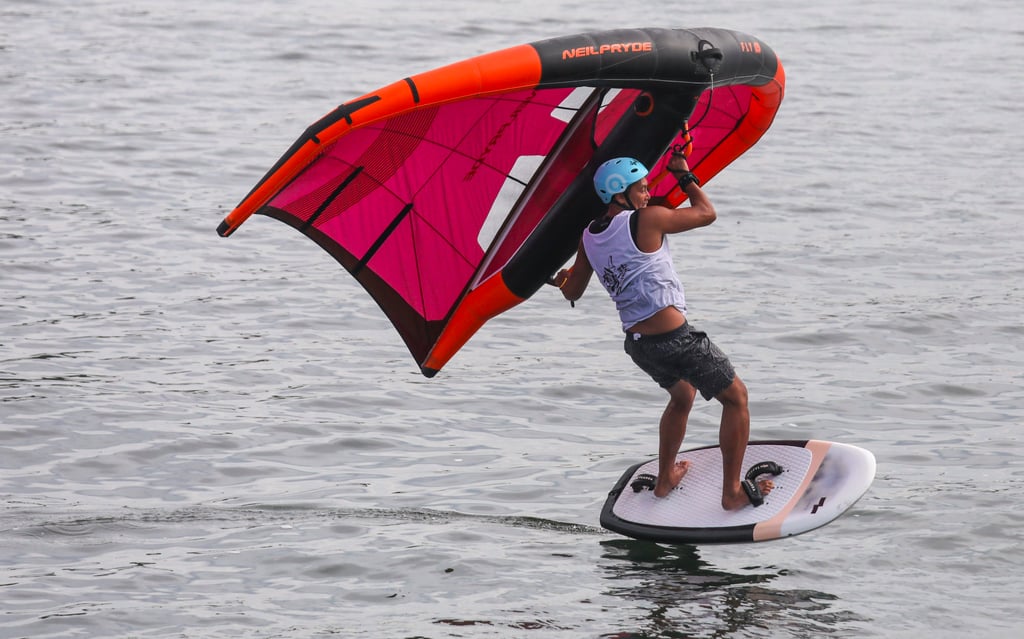
To get more wind in shallow waters, beginners typically go to nearby Bintan, Indonesia, which is about a one hour and 45 minutes ferry ride from Singapore.
The Straits Times reported earlier this month that Maximilian had begun travelling to different parts of the world on his own for training and competitions when he was 11.
His father, Valentin, is Swiss while his mother, Teng Hwee Keng, is from Singapore. Maximilian spent most of his childhood in Switzerland, Singapore and the Indonesian island of Sulawesi, where his parents built the Wakatobi Dive Resort.
“For Max, because he’s home-schooled, there’s more time to train and travel so he can improve. He also always had interest in pursuing the sport so the interest didn’t just have to come from his parents which is what we see sometimes,” Tang said.
For parents who have ambitions to get their children into the Olympics, they have to change their mindset and not follow the conventional system, according to Tang.
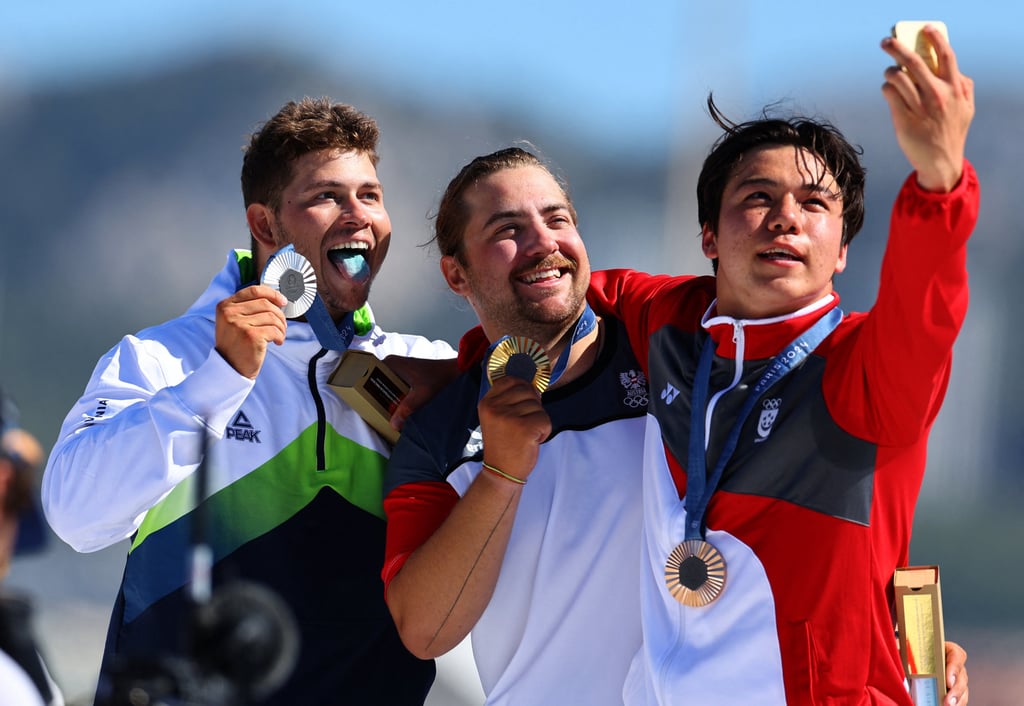
“There’s a different kind of training, a lot of travel, so you have to forgo normal schooling, the child has to have the discipline to study, and needs to have interest in competing,” Tang said.
While Singapore-based kitefoilers could become competitive, they should train and compete against the best competitors in Europe to improve themselves, Ong said.
With Maximilian’s Olympic success, the kitefoiling community aimed to tap into rising public interest in the sport, he added.
“We would like to increase the number of people that participate in it, and from there, taking the lessons that we’ve had from our experience with Max, try and incorporate that into a training programme for more people to develop themselves.”


